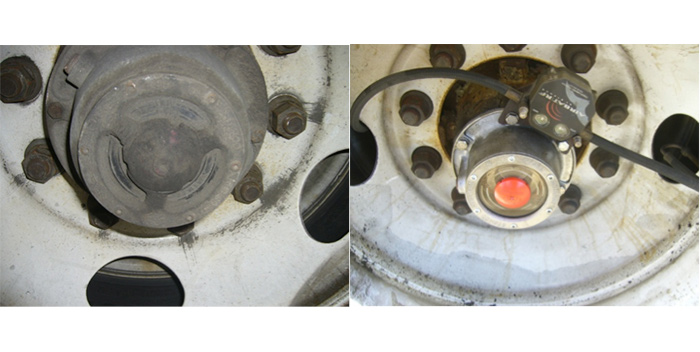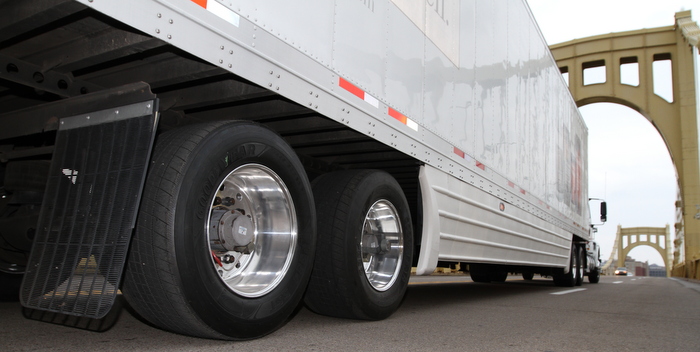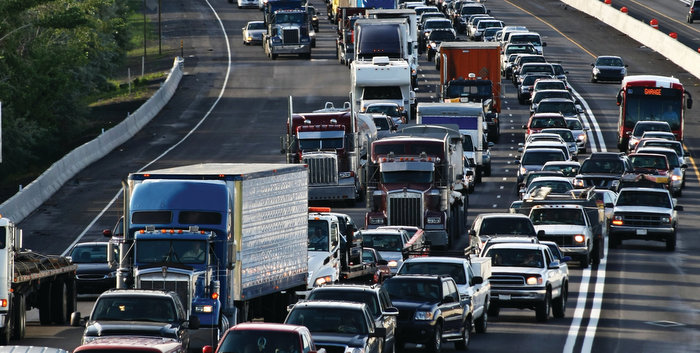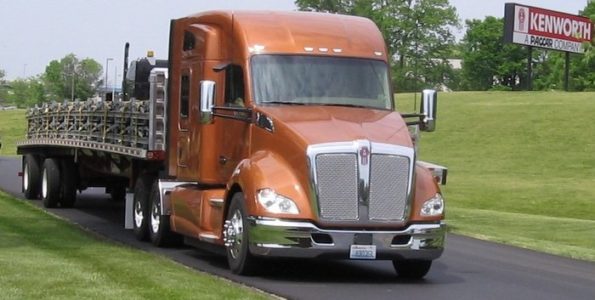In the past, natural gas (NG) was primarily relegated for use in municipalities or other fleets that centrally fuel vehicles. It hasn’t really been a viable option for longer haul trucks for a number of reasons—not the least of which has been the lack of fueling stations. But with the growing availability and affordability of NG in Canada and the U.S., there seems to be an increasing effort to make it a more widely acceptable option for a greater number of truck applications.
Shell and its affiliates announced they have signed a memorandum of understanding with TravelCenters of America LLC (TA) to sell liquefied natural gas (LNG) to heavy-duty road transport customers in the U.S. through TA’s existing nationwide network of full-service fueling centers. Pending final agreements, the proposed plans include constructing more than 200 LNG fuel lanes at about 100 TA sites and Petro Stopping Centers throughout the U.S. interstate highway system. If a final agreement is reached, the first of the LNG fuel lanes are expected to become operational in 2013.
“Using natural gas for transport gives truck fleet operators a new strong advantage because it’s abundant and affordable and a viable alternative to diesel,” said Elen Phillips, vice president of Shell fuels sales & marketing in North America. “This potential alliance with TA would enable Shell to deliver LNG fuel to customers who want a competitively priced fuel option to help them meet increasingly stringent air quality emission standards.”
Demand for innovative fuels, like LNG fuel, from heavy-duty road transport customers is growing due, in part, to the wide range of benefits for trucking fleet operators. These benefits can include lower fuel costs and improved local air quality from reduced emissions at the point of use, particularly nitrogen oxide, as well as reduced noise levels.
And then there are the efforts by Wisconsin-based Kwik Trip, a convenience store and fuel chain with more than 400 locations in three states, which is working to promote liquefied and compressed natural gas as fuel sources, helping move the nationwide adoption of LNG and CNG as viable fuel sources in Wisconsin, Minnesota, Iowa and beyond.
“We’re true believers and activists in making LNG and CNG go from an alternative fuel to a standard fuel,” said Chad Hollett, Kwik Trip director of transportation and distribution. “We’re moving forward with CNG at our stations (three are currently open) and have plans to have 15 to 20 sites completed by this time next year. Within those, up to six will also offer LNG at strategic interstate corridors. With this network in place, we can show customers and fleets that they can fuel with confidence and move forward in the purchase of CNG and LNG vehicles.”
Kwik Trip also reported it has 20 NG-powered vehicles currently in its fleet, including a Kenworth T440 LNG tractor and two Kenworth T440s powered by CNG. “We average between 200,000 to 250,000 miles on our trucks each year,” Hollett said, “and we’re getting close to 6 MPG in diesel and gas equivalencies with our LNG and CNG engines. With retail fuel prices that range between $1.59 and $1.79 for CNG, and $2.69 for LNG, the math pencils out well.”









